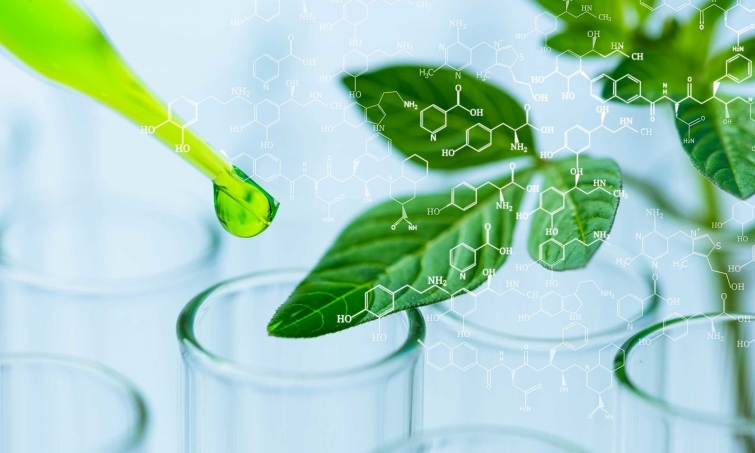Scientists introduce efficient amide synthesis process to streamline drug production & reduce costs
October 14, 2024 | Monday | News
A green and efficient chemical process for preparing amides directly from alcohol using a Covalent Organic Framework
image credit- shutterstock
Researchers from S. N. Bose National Centre for Basic Sciences, an autonomous Institute of the Department of Science and Technology (DST), have introduced a novel method for synthesising amides from alcohols using a Covalent Organic Framework (COF) as a photocatalyst under red light irradiation.
This catalytic method can be helpful in chemical processes across various industries, including pharmaceutical manufacturing, materials science, and green chemistry - offering a more sustainable, efficient, and recyclable approach to creating vital chemical structures.
The advantages of this method include mild reaction conditions, high efficiency, excellent recyclability, and the practicality of red-light activation, which is less harmful and penetrates more effectively, making it suitable for large-scale applications. Additionally, the tolerance of COFs to various functional groups broadens their applicability to challenging substrates, such as secondary amides, which are difficult to synthesise using traditional catalysts.
The newly developed method uses the redox-active TTT-DHTD COF (dithiophenedione moieties in its backbone), which has been designed with high-density organic moieties, namely dithiophenedione, which is crucial for trapping photogenerated electrons. This feature enables the COF to efficiently facilitate hydrogen atom abstraction reactions. The ability of the COF to absorb light across the visible spectrum, coupled with its narrow band gap, makes it particularly effective for generating excitons, which are essential for dehydrogenative coupling reactions. Upon red light absorption, the COF undergoes a photochemical reaction that generates excited states capable of initiating the dehydrogenation of alcohols, resulting in amide formation through coupling with amines. The process benefits from the stability and recyclability of COFs, making it a robust catalyst for repeated use.
The implications of this research are significant. In the pharmaceutical industry, this method could streamline drug production, reduce costs, and eliminate metal contamination.










